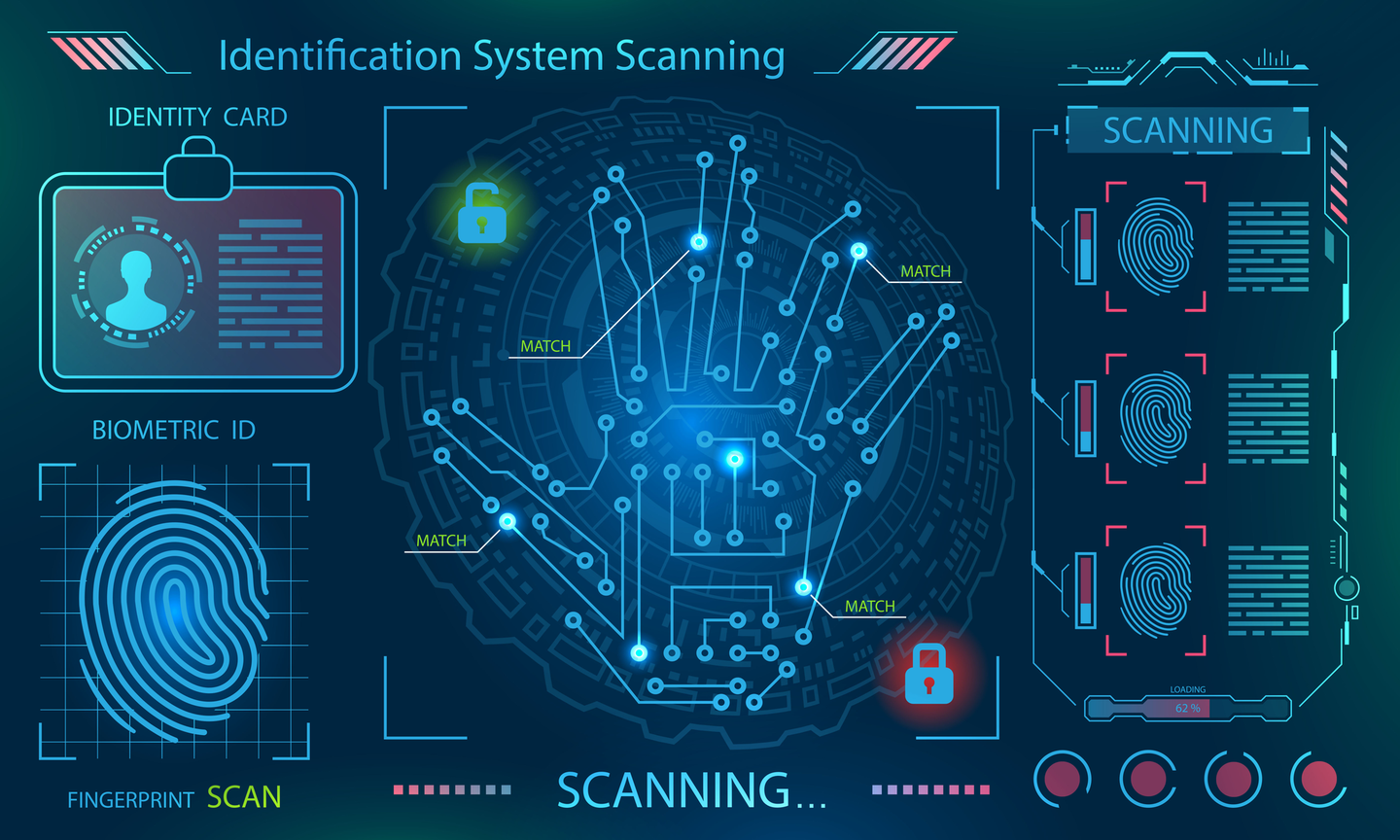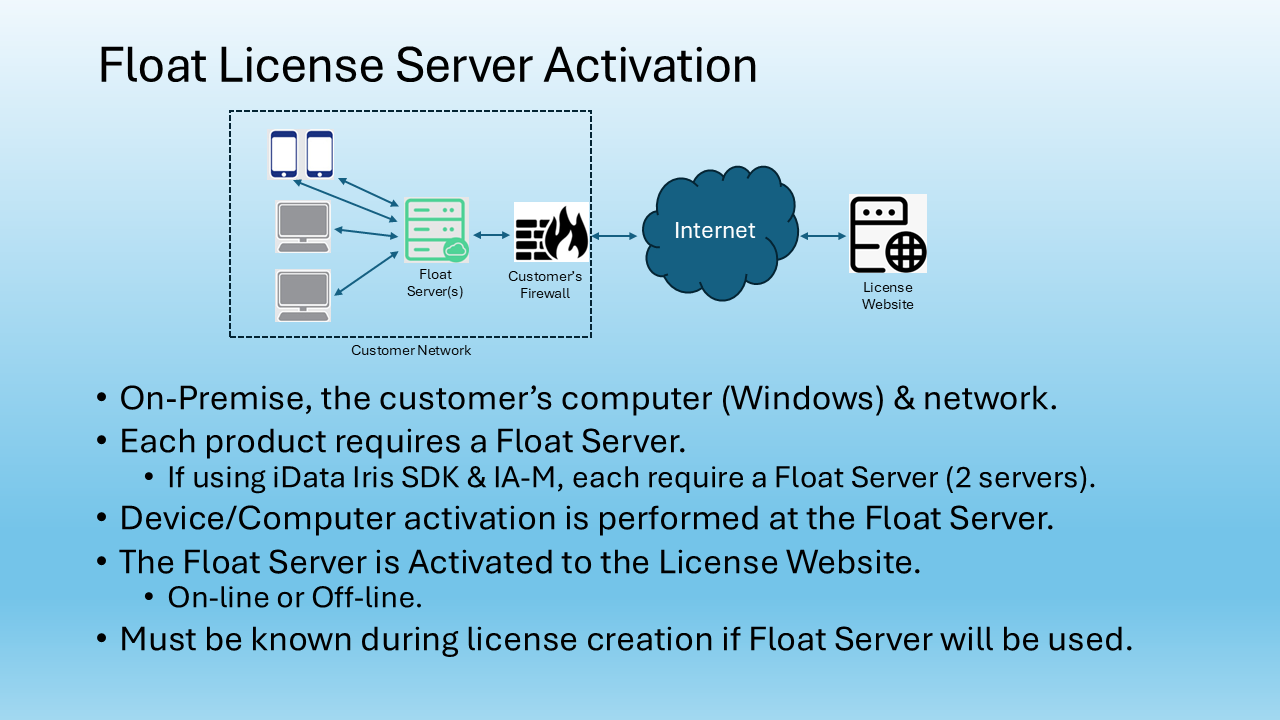A new generation of access control credentials are proven and available
About 50 years ago, organizations requiring a higher security level began replacing their locks and keys with electronic card-based access control systems. Through the decades, plastic has remained the favorite medium for employee credentials. But a new generation of credentials that go beyond the card has arrived.
Don’t expect plastic credentials to disappear entirely in the near future. Yet, it’s become apparent many security directors are looking at other solutions that offer improved protection, greater convenience and overall lower costs.
The COVID-19 pandemic has organizations demanding systems that eliminate any opportunity for intentional or incidental contact with a device. And many companies are already planning to replace their aging Wiegand wiring protocol that lacks any signal encryption, making it easy for hackers to intercept communications between proximity cards and readers.
Also, it’s not unusual for enterprise organizations to install different card technologies in multiple facilities. A card providing employees access to a New York office may not work at corporate buildings in California.
Alternative Access
Biometrics offers a convenient, quick and accurate solution for access control for any facility size or type. Plastic credentials may be shared, lost or stolen, all virtually impossible with a biometric – such as an iris pattern, facial shape or fingerprint – that’s part of a person. These technologies are highly accurate and eliminate the need to carry a card or remember a passcode. Many mission-critical facilities already use biometric readers in conjunction with card-based systems as part of a two-factor identify authentication process.
Employees may be recognized at any company facility following a one-time enrollment into a biometric database. Accessing a door using biometrics takes a second – about the same as required for a card-based system. And like card-based access control, the biometric system software may limit which doors, days and times an employee may enter.
A biometric access control system can provide a card-free, end-to-end solution that bridges an organization’s physical and logical security needs. Here’s a scenario of how that might work using an iris-based system.
Upon arrival at work, an employee looks into an iris reader mounted at the door. The system matches her scan with a previously enrolled template and instructs the access control system to unlock the door. An elevator lobby reader ensures she is taken only to her restricted floor. A reader outside her office provides another barrier. Finally, one more reader, integrated with software on her workstation, ensures only she can access the computer and its data.
Biometrics Integrate Into Most Applications
Biometric systems integrate with video surveillance and other security systems. Also, biometric readers serve as employee time and attendance function. However, unlike cards, they eliminate a payroll fraud known as buddy punching in which one employee uses another person’s credentials to clock in for an absent person. Biometrics are also used to accurately identify patients being treated in healthcare centers, prisoners being released from correctional facilities, passengers looking to clear airport security, among a few locations.
With iris and facial recognition systems, employees never come into contact with readers. Identity authentication takes place at distances of a foot or more. Biometric technologies are also easily scalable. India’s national identity program, used for employment, passports, social services, banking and other activities, has more than one billion people enrolled in an iris-based system. (read more)


